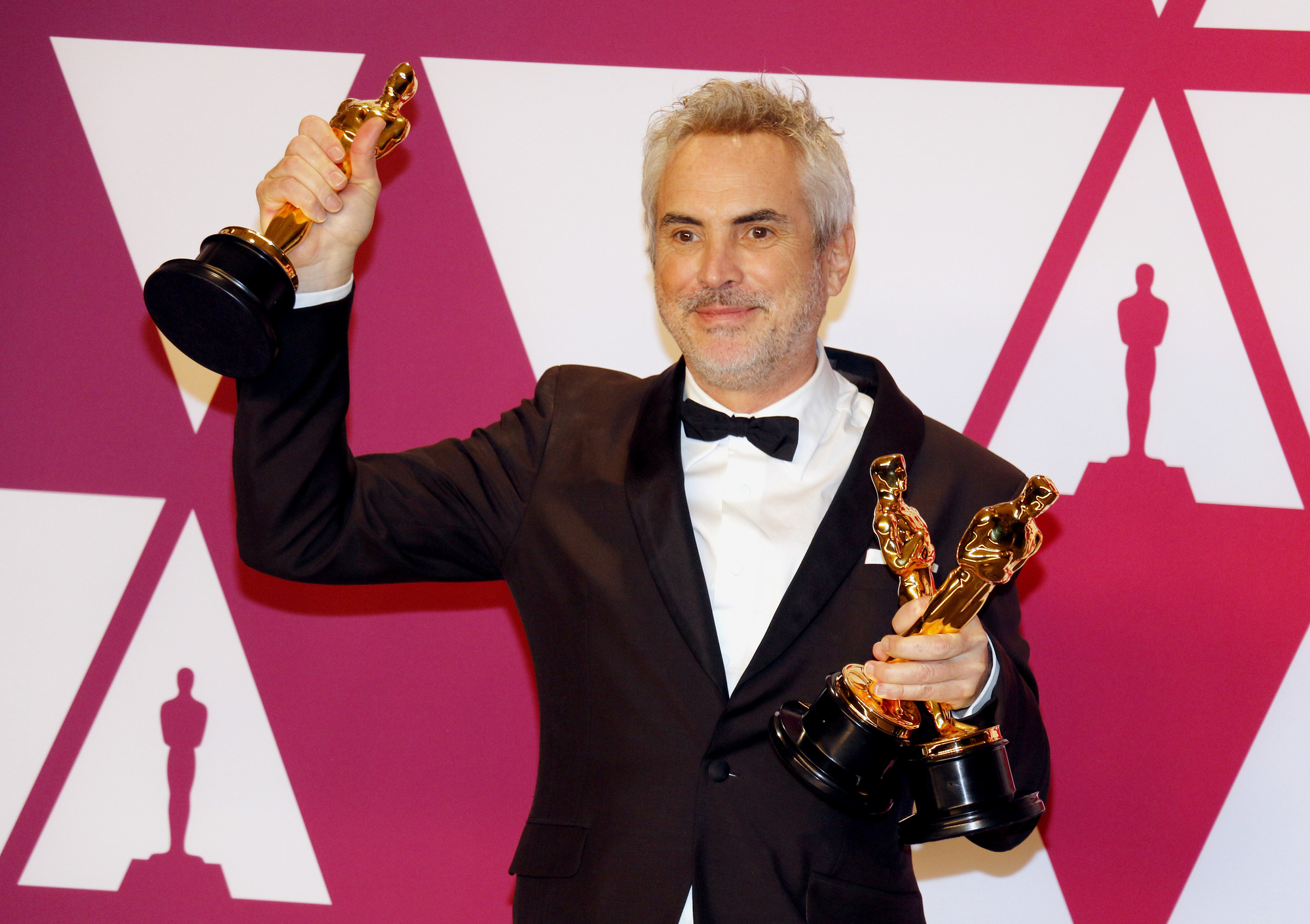How to Bet on the 2026 Oscar Nominations: Categories That Move the Markets

The red carpet, the acceptance speeches, and the surprise wins are all the parts of the Academy Awards everyone sees. But there’s a whole other season that happens before a single celebrity arrives for the main event. It’s a season of whispers, of shifting odds, and of strategic wagers placed by people who follow the film industry with the intensity of a Wall Street trader. If you’re looking to get into betting on the 2026 Oscar nominations, you have to look past the glamour and focus on the mechanics. This isn’t about picking your favorite movies. It’s about understanding which categories truly drive the market and how to read the signs long before the nominations are even announced.
Best Picture: The Heavyweight Championship
If you’re going to bet on the Oscars, the Best Picture race is your main event. This is the category with the most money, the most discussion, and the longest runway. The odds for potential nominees are already taking shape a year in advance. The real starting gun, however, fires during the fall film festival circuit. You absolutely must pay attention to what happens at Telluride, Venice, and especially the Toronto International Film Festival (TIFF). A film that generates a massive standing ovation at one of these festivals will see its odds shorten overnight.
For instance, the TIFF People’s Choice Award is a ridiculously strong predictor of a Best Picture nomination. When a film like Chloé Zhao’s Hamnet wins that award after already earning rave reviews, it’s not just a contender anymore; it’s a frontrunner. You also have to watch for the films that skip the festival route but build momentum through private industry screenings. Paul Thomas Anderson’s One Battle After Another did just that, with insiders buzzing about it for weeks, forcing oddsmakers to place it near the top of the pack. Conversely, a hyped film can die a very public death on the festival circuit. Luca Guadagnino’s After the Hunt was once seen as a sure thing, but a quiet, unenthusiastic reception at its premiere sent its odds tumbling. The lesson? The narrative is everything. Academy voters love a great story, and that includes the story of a film’s journey to the Dolby Theatre.
The Acting Races: It’s All About the Story
This is where things get personal. The four acting categories (Best Actor, Best Actress, and the two Supporting awards) are often less about the movie itself and more about the performance and the performer. These markets move based on precursor awards and powerful narratives. Is an actor “due” for a win? Did they undergo a shocking physical transformation for the role? Is this a career comeback? These are the storylines that voters, and by extension, bettors, latch onto.
Your roadmap through these categories is paved by the Golden Globes, the BAFTAs, and most importantly, the Screen Actors Guild (SAG) Awards. If you track only one, make it SAG. The voting body for the guild is filled with actors, the largest branch within the Academy itself. When actors reward other actors, the Oscars often follow suit. The 2026 fields are already crowded. You have established giants like Leonardo DiCaprio (One Battle After Another) and Julia Roberts (After the Hunt) competing with electrifying newer talents like Paul Mescal (Hamnet) and Jeremy Allen White (Deliver Me From Nowhere). A surprise win at an early awards show can completely reshape the odds. If you want to find real value, look for a performance that starts getting love from smaller, regional critics’ circles. That’s often the first sign of a groundswell of support that could lead to a major nomination.
Best Director: The Auteur’s Signature
The Best Director race can feel like an echo of the Best Picture conversation, but it has its own distinct rhythm. Here, you’re betting on vision, ambition, and the respect a filmmaker commands from their peers. While festival awards for directing are important, the one to circle on your calendar is the Directors Guild of America (DGA) Awards. The DGA winner is an astonishingly accurate predictor of the Oscar winner. They’ve matched 19 of the last 21 times. When the DGA makes its choice, the betting market for the Oscar all but closes.
Early chatter for 2026 is centered on a mix of modern masters and vital new voices. Names like Paul Thomas Anderson (One Battle After Another), Chloé Zhao (Hamnet), and Ryan Coogler (Sinners) are at the top of every list. You’re looking for a director who put a unique, undeniable stamp on their film. The Academy tends to reward technical mastery and bold artistic swings. This is also a category where international filmmakers have made huge inroads. Don’t be surprised if a director behind a non-English language film, like Park Chan-wook for South Korea’s No Other Choice, becomes a major force in the race.
The Craft Categories: Where the Smart Money Goes
While everyone is arguing about Best Actor, some of the most predictable and profitable bets are hidden in plain sight within the craft categories. We’re talking about Cinematography, Film Editing, Costume Design, and Production Design. These races are decided by specialists, and they tend to follow a very clear pattern.
Your secret weapon here is the guild awards. The American Society of Cinematographers (ASC), American Cinema Editors (ACE), and the various other guilds for designers and artisans are your crystal ball. A film that cleans up at these guild awards is almost a lock for an Oscar nomination in its respective category. The logic is simple. A visually rich period drama will almost certainly be in the running for Costume and Production Design. A kinetic action film praised for its pacing is a natural contender for Film Editing. These categories don’t get the same level of public attention, which means the odds can present real value if you’re following the technical precursors.
Engaging with the Oscar race as a bettor transforms it from a passive viewing experience into a year-long strategic pursuit. It’s a marathon that starts in the late summer heat of the film festivals and doesn’t end until the nominations are read on a cold January morning. To succeed, you have to learn to think like an Academy member, paying attention to industry trends, precursor awards, and the all-important narratives that build around the year’s best films. The major categories are where the action is loudest, but a deep understanding of the entire board, including the craft races, is what separates a casual guess from a truly informed wager.







